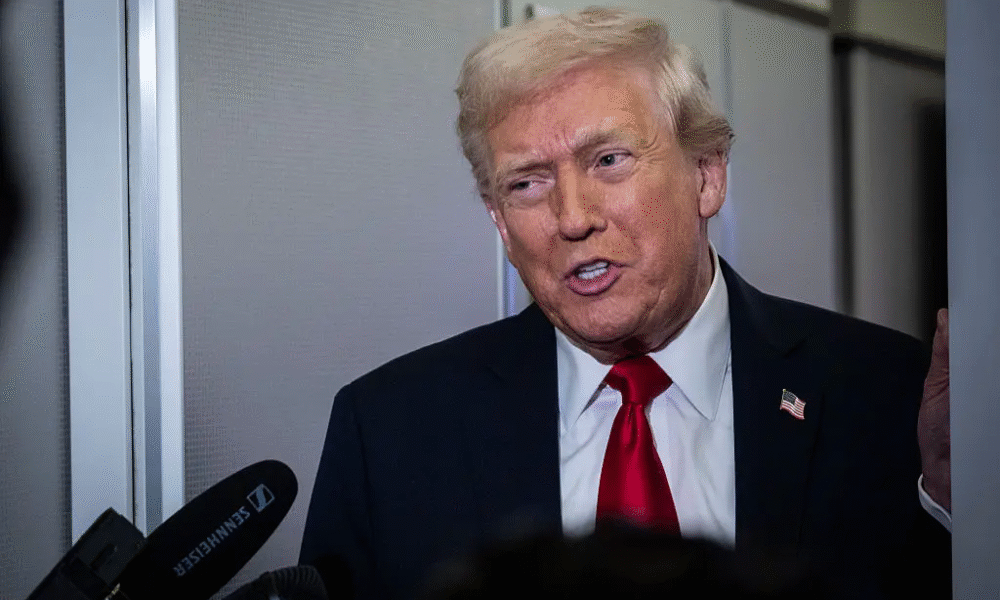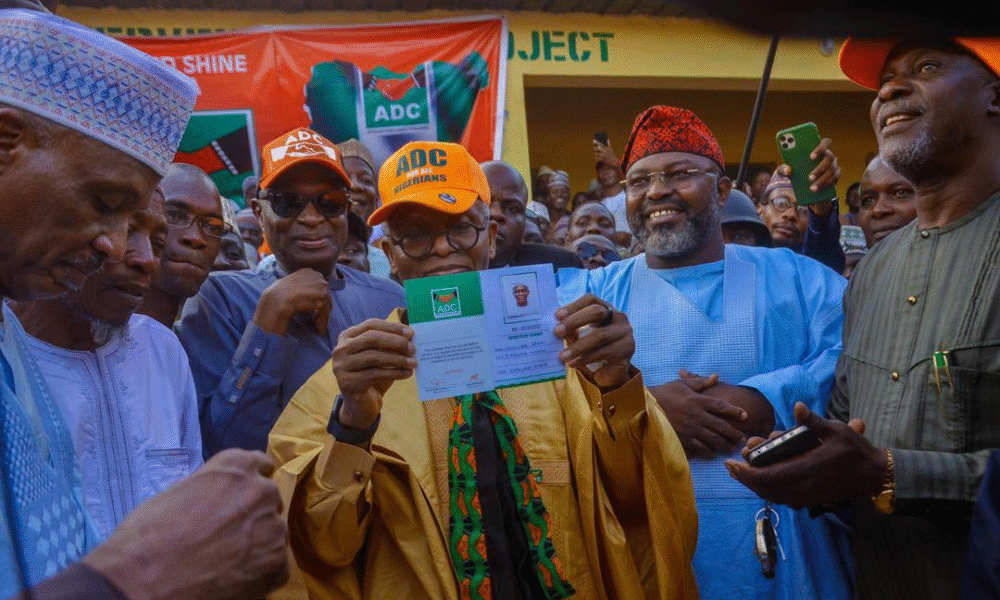News
Trump Lashes Out at Female Journalist, Escalates Attacks on Media

President Donald Trump has once again ignited controversy with his sharp criticism of the press, this time targeting a female journalist from The New York Times. The incident, which unfolded on November 26, 2025, has drawn widespread attention both in the United States and internationally, raising questions about the president’s relationship with the media, his communication style, and the broader implications for press freedom.
The confrontation began after The New York Times published a report suggesting that the 79-year-old president was showing signs of fatigue since returning to office in January. The article, co-authored by White House correspondent Katie Rogers, highlighted concerns about Trump’s stamina and energy levels, citing unnamed sources within the administration. In response, Trump took to his social media platform, Truth Social, where he launched a scathing attack on Rogers, describing her as “a third-rate reporter who is ugly, both inside and out.” He further accused the newspaper of being “soon to fold” and claimed that its coverage was deliberately negative.
This latest outburst follows a pattern of Trump’s combative interactions with journalists, particularly women. Earlier in November, during a press briefing aboard Air Force One, Trump snapped at Bloomberg correspondent Catherine Lucey, telling her “Quiet. Quiet, piggy,” when she pressed him on the release of Justice Department files related to Jeffrey Epstein. Critics argue that such language not only demeans professional journalists but also undermines the dignity of the presidency.
The backlash has been swift. Media watchdogs, press associations, and political opponents condemned the remarks as misogynistic and damaging to democratic norms. Advocates for press freedom emphasized that journalists play a vital role in holding leaders accountable, and personal attacks from the highest office risk chilling independent reporting. Rogers herself has not publicly responded, but colleagues at The New York Times defended her professionalism and reiterated their commitment to factual reporting.
Trump’s supporters, however, view the incident differently. Many argue that the president is justified in pushing back against what he perceives as biased coverage. They claim that mainstream outlets often portray him unfairly, and his blunt style resonates with a base that distrusts traditional media. For them, Trump’s attacks are not about silencing journalists but about challenging narratives they believe are politically motivated.
The controversy also highlights the evolving media landscape. With social platforms like Truth Social, Trump bypasses traditional outlets to communicate directly with millions of followers. This strategy allows him to frame issues on his own terms, but it also intensifies polarization, as supporters and critics consume vastly different versions of events.
Beyond the immediate uproar, the incident raises broader questions about civility in public discourse. Political analysts warn that repeated attacks on journalists could erode trust in institutions and normalize hostility toward the press. They note that while Trump’s rhetoric energizes his base, it risks alienating moderates and undermining America’s global image as a defender of free speech.
As the 2026 midterm elections approach, Trump’s communication style will remain a central issue. His critics argue that personal insults distract from substantive policy debates, while his allies insist that his authenticity is a strength. What is clear is that the president’s relationship with the media remains fraught, and each confrontation adds another layer to the ongoing battle over truth, accountability, and power in American politics.



